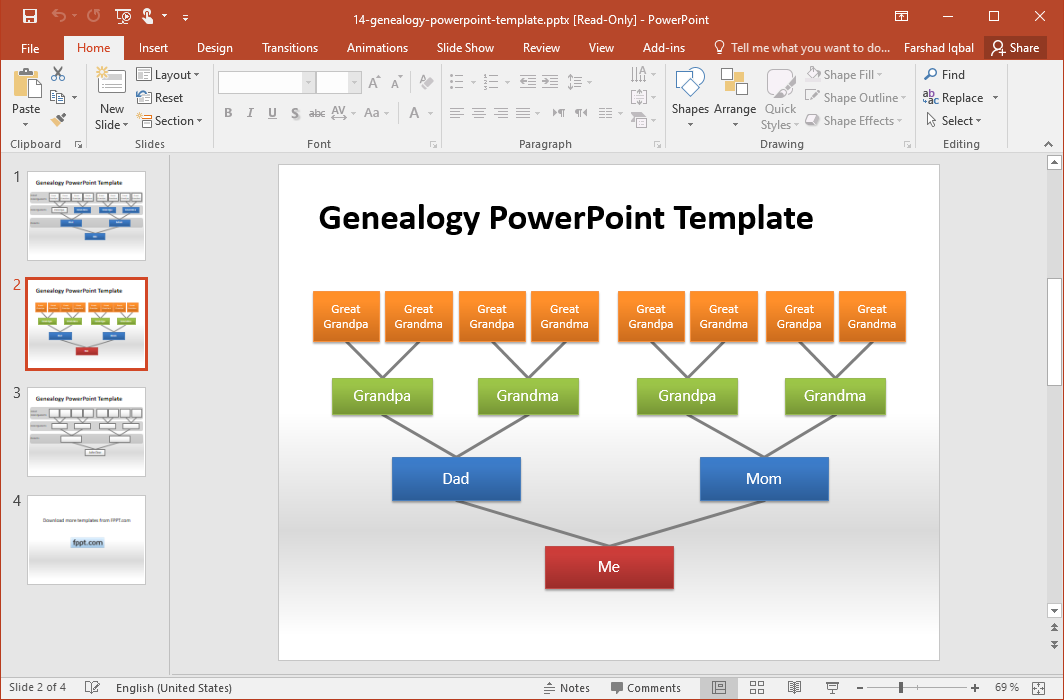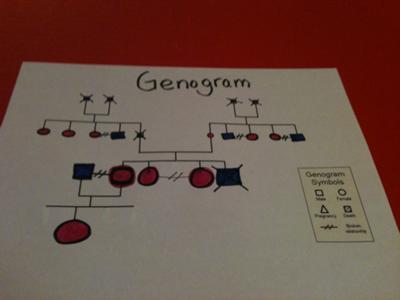

Genograms symbols are used to illustrate and link a genogram and highlight important information.Įvery area has its own specific symbols such as medical genogram symbols, relationship genogram symbols and emotional genogram symbols. You then need to connect the symbols together with solid lines or even descriptive connecting lines.

Depending the type of genogram you draw, you’ll need to have all the appropriate symbols in the right place.
Select the right toolbox of genogram symbols. So for example, if you’re doing a relationship genogram you need the names of the members and how they related to each other. Select the type of genogram you want to make such as relationship genogram, emotional genogram, medical genogram etc. To draw a genogram, either on paper or using a genogram maker, it’s useful to follow a number of steps. Psychology or medical professionals may also draw a medial genogram in order to treat patients most effectively. Medical genograms are used to trace hereditary diseases and are useful for identifying diseases in the family. Relationship genograms also include divorce, separation and cohabitating members. This includes obvious things like marriage but also friendships, casual relationships and even affairs. This can be used to understand conflict within a family and even abusive relationships.Ī relationship genogram looks at how individuals relate to each other. More than a family tree though, a family genogram also gives you a much deeper understanding of the relationships between members.Īn emotional genogram can be used by psychologists to understand the emotional flows between members. Genograms can be used in a variety of contexts but they usually contain at least 3 generations, known as a three generational genogram.įamily genograms (also known as kinship diagrams) show at least three generations of a family and are useful for researchers to trace a person’s parentage and ancestry. Genograms can also include information such as alcoholism, depression, diseases and living situations which may have shaped or affected their behavior. Genograms usually contain basic information such as the name, gender and age of members but also include additional data such as occupation, major life events, chronic illness, nature of their relationship with other family members and more. Genograms may also be used by nurses to provide a holistic background of a patient in order to care for them most effectively. This also applies to entire cultures and cultural genograms can help understand behaviors across cultures too. 
This is inline with the Bowen family systems theory which views human behavior as an emotional unit and that these behaviors can be understood by examining the background of the actors involved. Genograms are important because they give a much richer picture of the relationships between people in a family and are most frequently used in social work and psychology to help in family therapy.Ī genogram is typically used by a social therapist or psychologist to assess a person’s background and explore the relationship between family members to help explain behavioral patterns in children and adults. Genograms were then developed by clinical psychologists Monica McGoldrick and Randy Gerson in 1985 and were soon adopted by experts in fields ranging from medicine and psychology to social work and genetic research. Genograms were first invented by Murray Bowen in the 1970s in his work on family system models.

Whereas family trees mainly show the direct relationships between family members, genograms show more detailed information between family members to help get a deeper understanding of a person’s behavior, background or medical history. If you want to explore your family background on a deeper psychological or medical basis, you need to draw a genogram using a genogram maker.








 0 kommentar(er)
0 kommentar(er)
